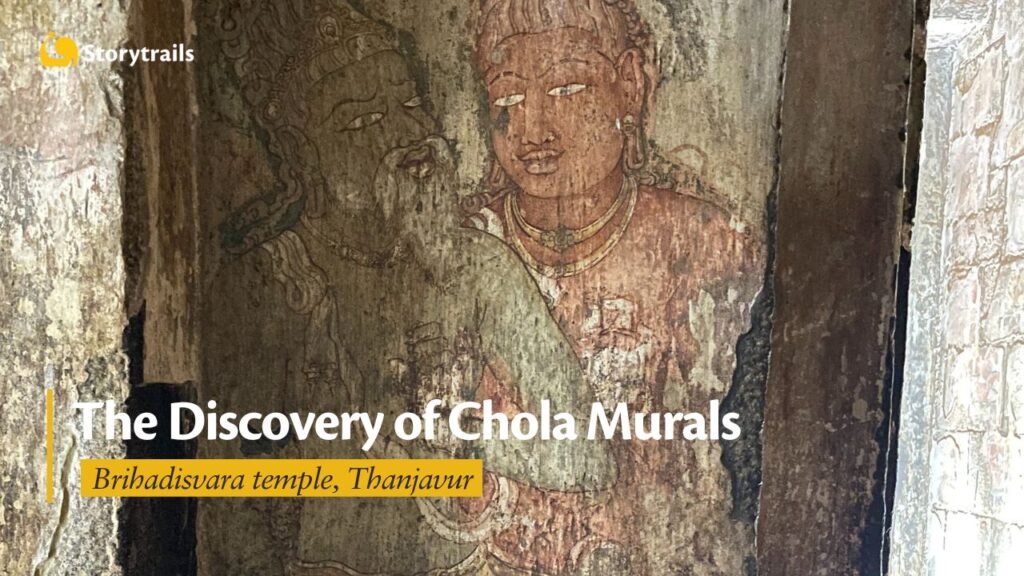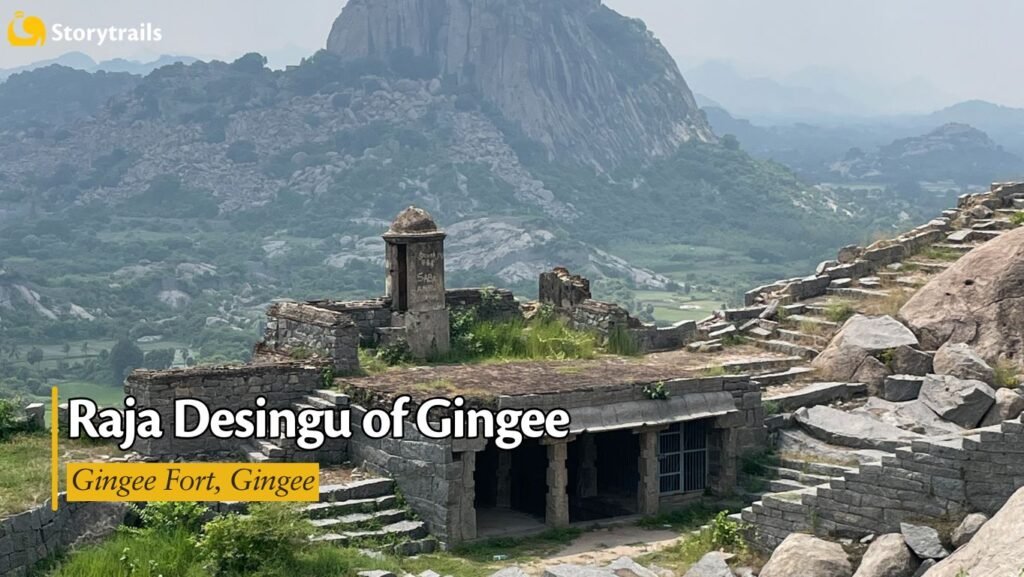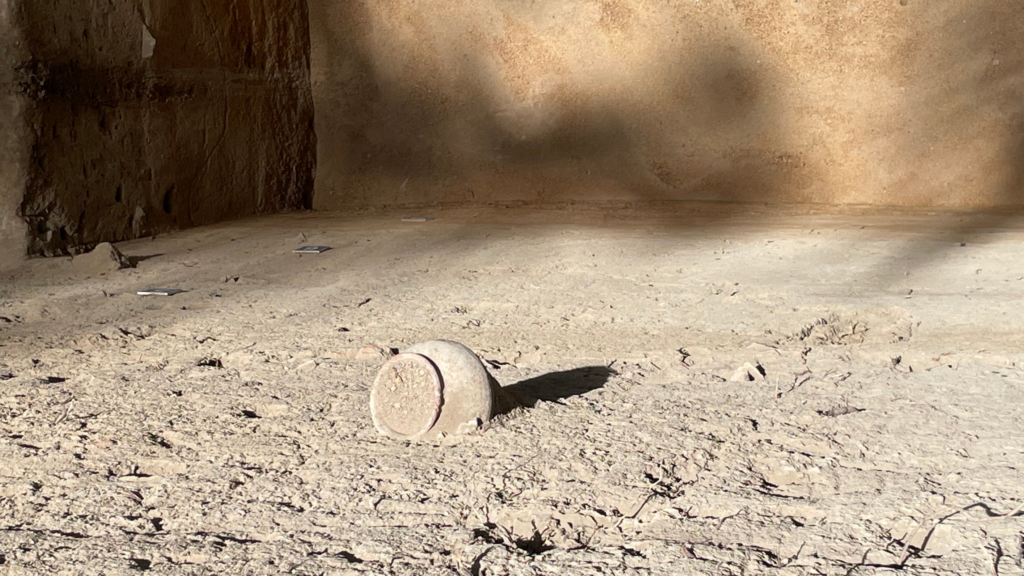Gangaikonda Cholapuram was the capital city of Rajendra Chola, the greatest Chola king that ever lived. Born to an illustrious father, Raja Raja Chola, this mighty king ruled over large parts of south India over 1000 years ago. He wanted to anoint his new capital city with water from River Ganga. So he sent his army on a long expedition from Thanjavur in Tamil Nadu all the way to modern day Bangladesh. His army defeated many kingdoms en route, and brought back water from the holy river Ganga. He poured this water into a lake he built, the Chola Gangam, one of the largest manmade lakes in India till date. Gangaikonda Cholan literally means the Chola king who conquered the (plains of) River Ganga. Rajendra Chola commanded the largest blue water navy in Indian history, and used it effectively to subdue Srivijaya, a southeast Asian kingdom that lay 3000 kilometres away. The magnificent Gangaikonda Cholapuram temple was built by him and it still stands tall as a charming celebration of his might and power.
In 1931, a history professor decided to explore a narrow corridor on the 1st floor of the Brihadisvara temple. There, under a layer of 300 year old Nayak murals, he accidentally discovered Chola frescoes that were over 1000 years old!










